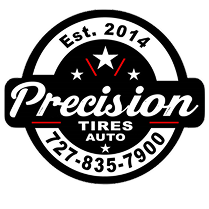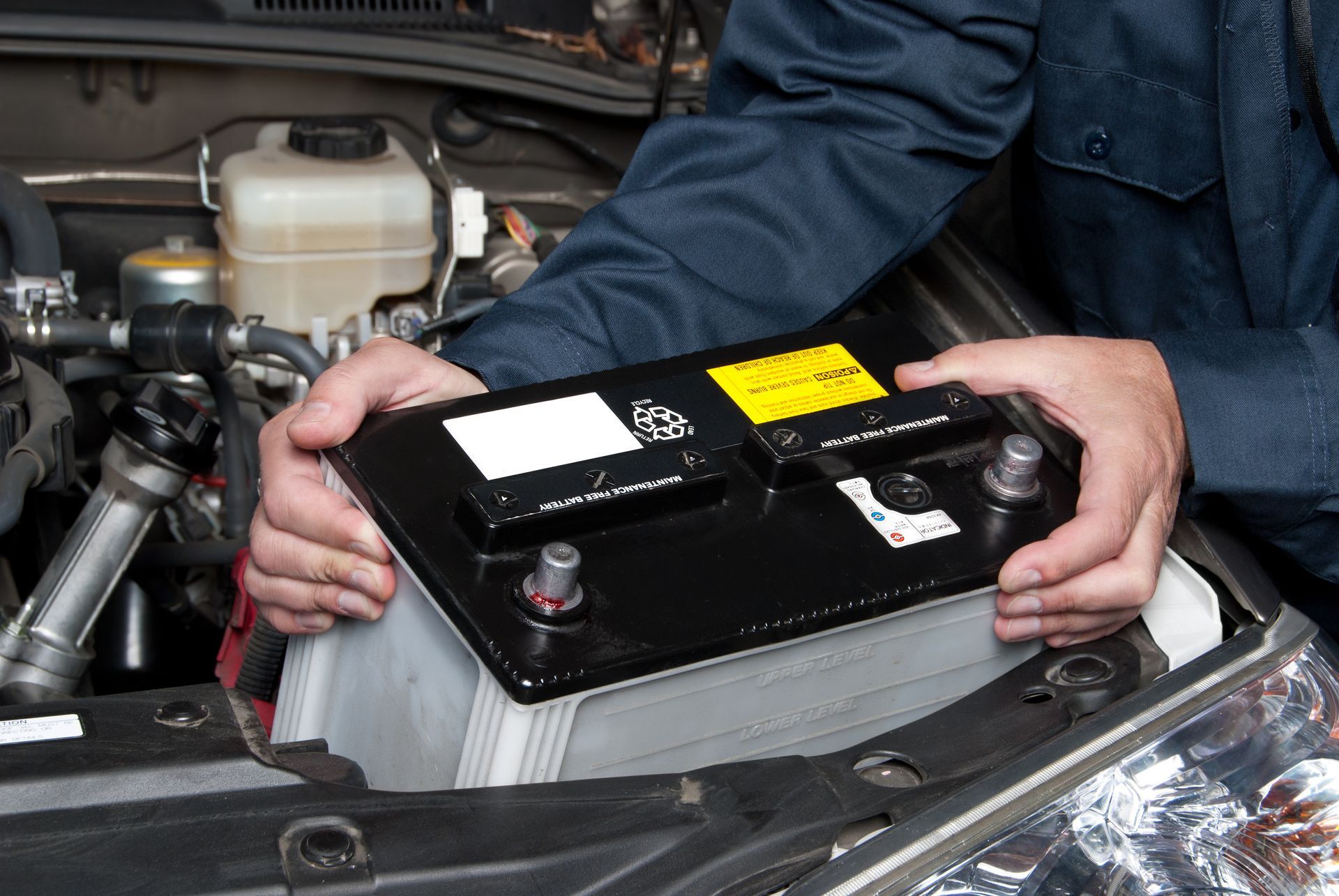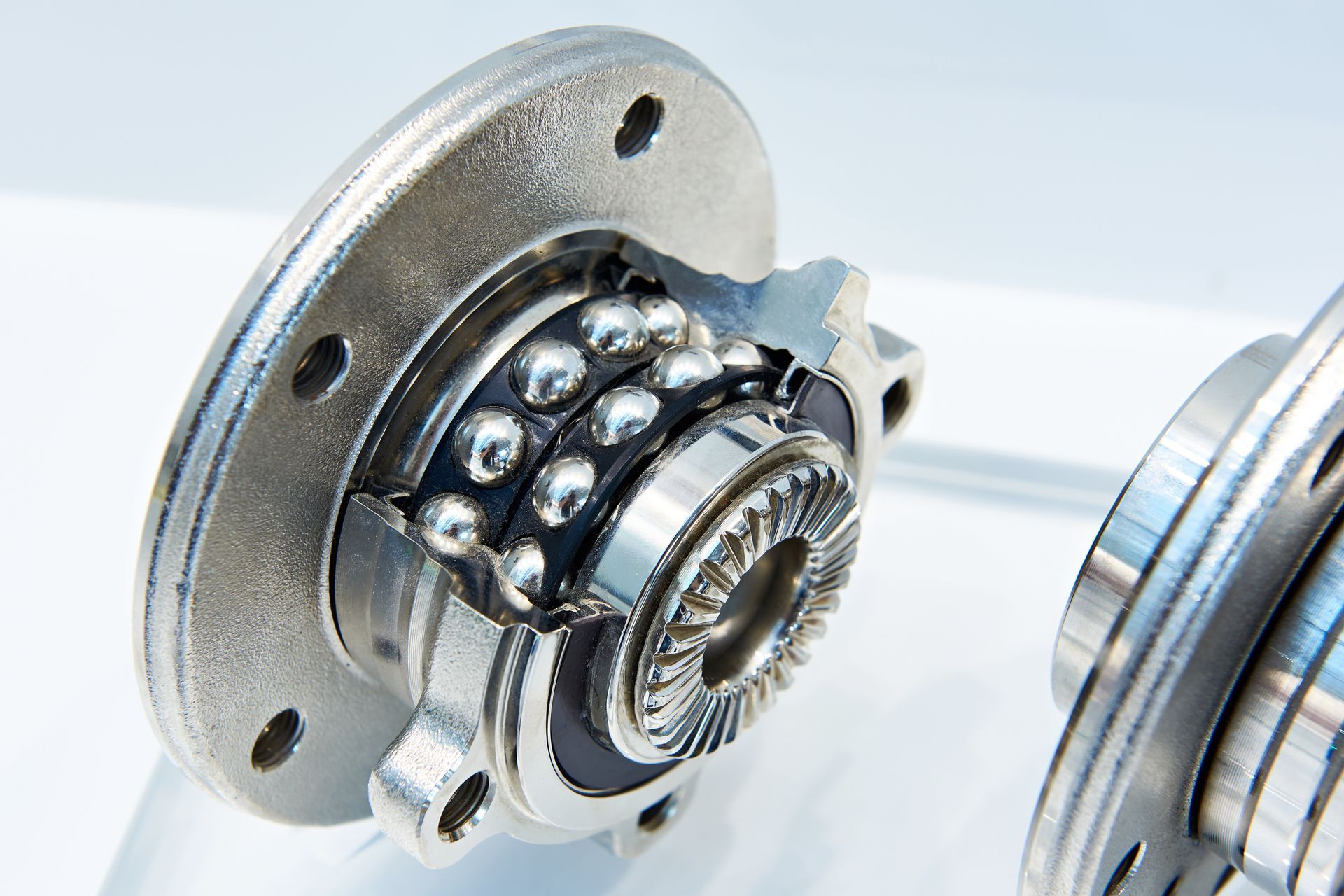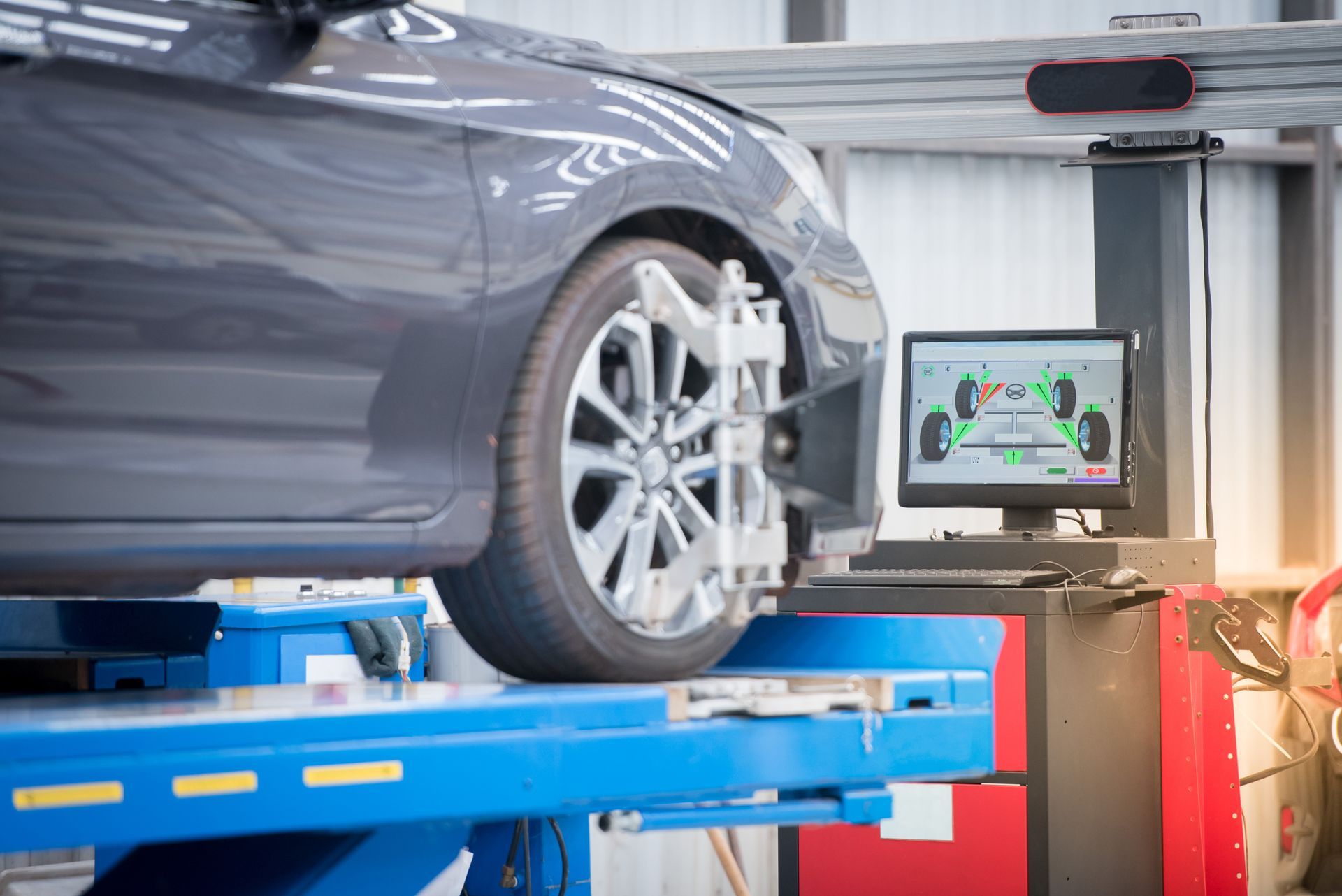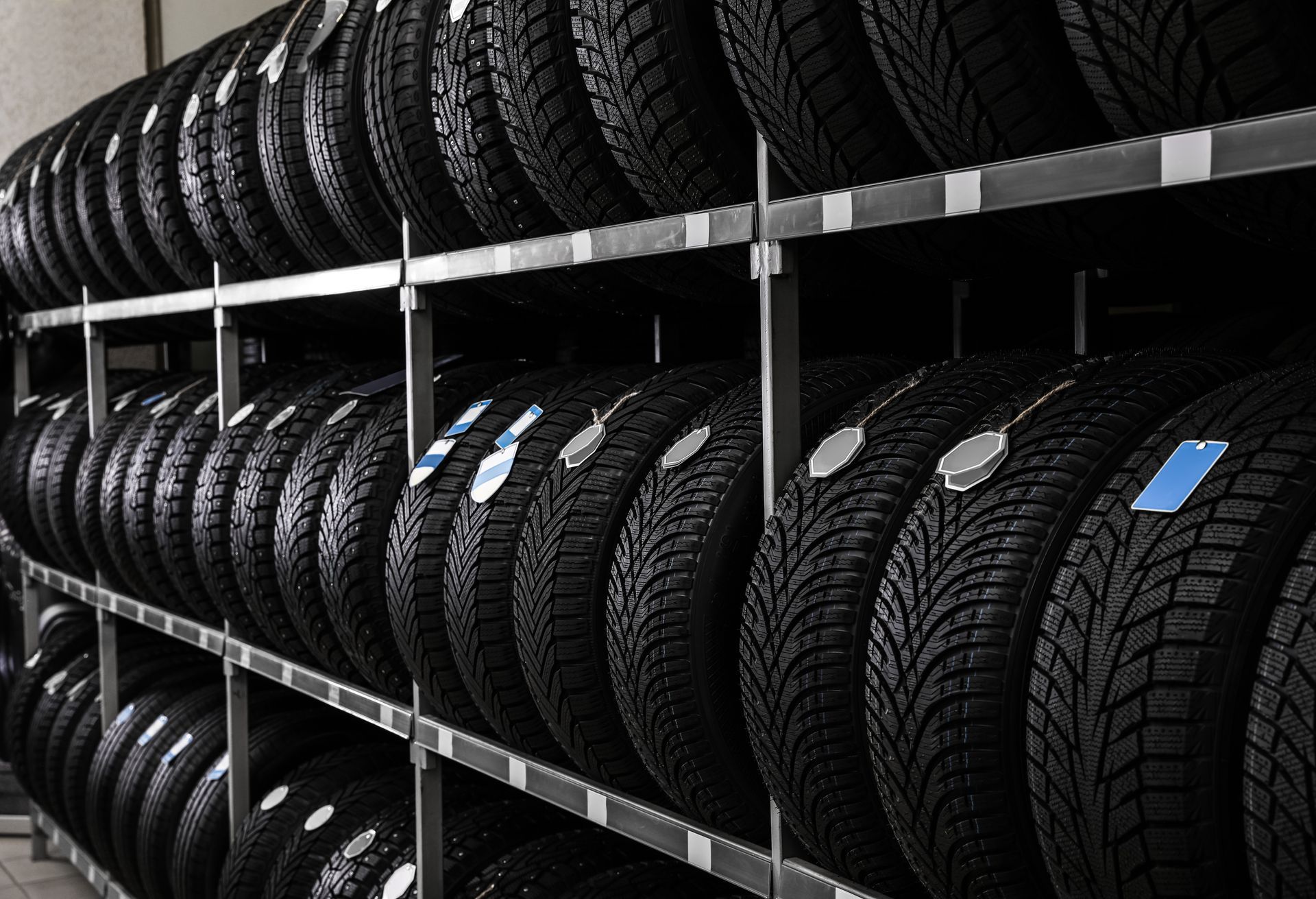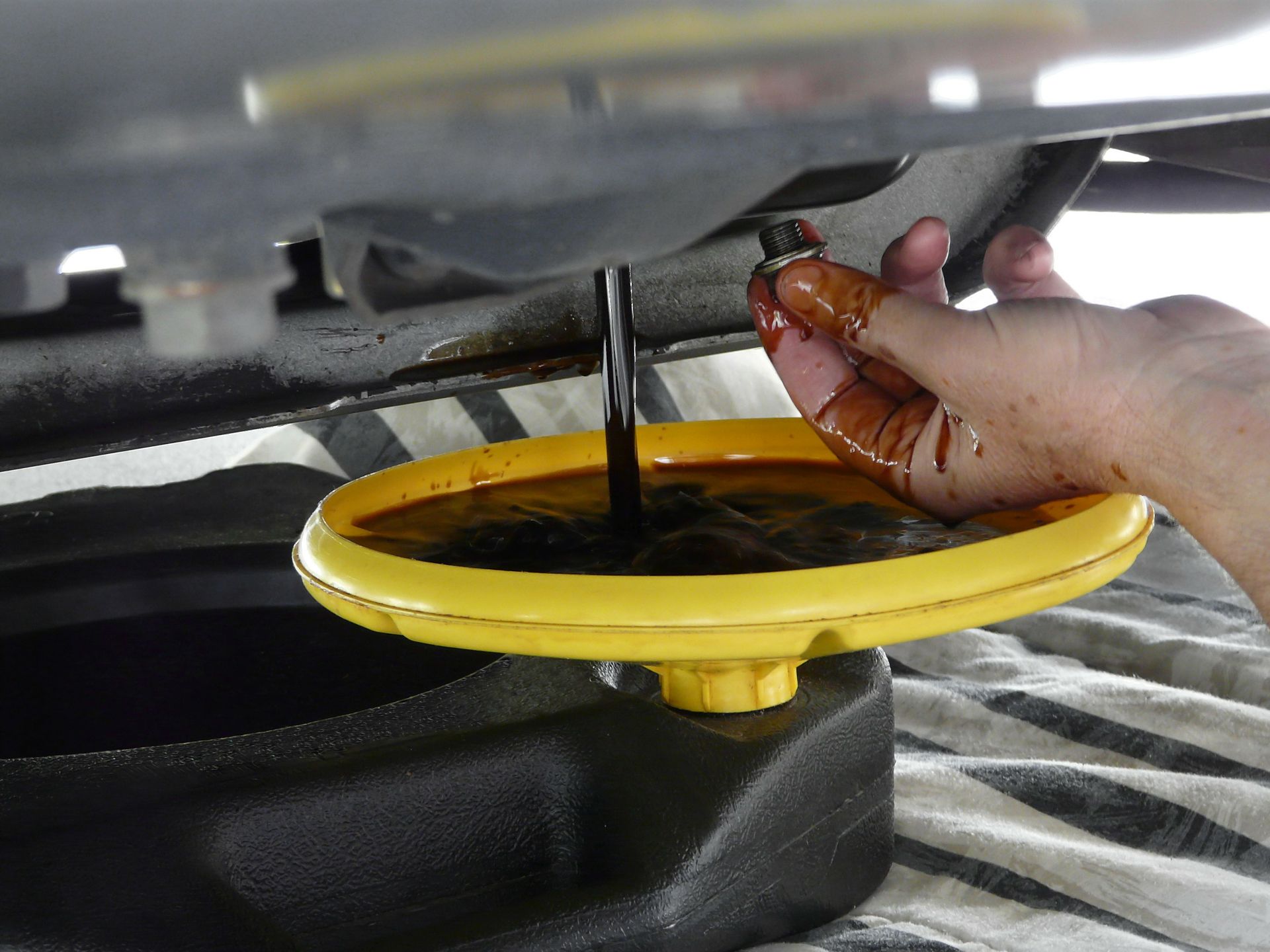Your vehicle’s shock absorbers keep your ride smooth and stable. They don’t just make driving more comfortable, but also help maintain control when braking, cornering, or driving over rough roads. Over time, though, shocks wear down, and when they do, your vehicle’s handling and safety can be affected.
Knowing the early signs of worn-out shock absorbers can help you address problems before they lead to bigger issues like uneven tire wear, longer stopping distances, and even suspension damage.
What Shock Absorbers Actually Do
Shock absorbers work alongside your car’s springs to manage how the suspension responds to bumps, dips, and uneven roads. While springs absorb the initial impact, shocks control the rebound and keep your tires in contact with the road.
Without properly functioning shocks, your vehicle may bounce excessively after hitting a bump, sway during turns, or dip too far forward when braking. All of these affect stability and make driving less safe, especially at higher speeds.
Signs Your Shock Absorbers Are Wearing Out
Worn shocks usually give you several warning signs before they fail completely. Here are the most common indicators to watch for:
Excessive Bouncing
If your car continues to bounce several times after going over a bump or speed hump, it’s a strong sign the shocks are losing their ability to control the suspension. You should feel only one or two rebounds at most — anything more points to worn-out components.
Nose Diving During Braking
When shocks lose their effectiveness, your vehicle’s front end may dip sharply forward whenever you hit the brakes. This not only feels unsettling but can increase stopping distances, which poses a safety risk, especially in emergencies.
Uneven or Rapid Tire Wear
Shocks keep your tires firmly planted on the road, ensuring even contact with the surface. Worn shocks allow your tires to bounce excessively, leading to patchy, uneven wear patterns. If you notice “cupping” or scalloped edges on the tread, it’s often a sign the shocks need attention.
Poor Handling Around Corners
Another common symptom is body roll when turning. If the vehicle leans excessively into corners or feels unstable during lane changes, your shocks may no longer be controlling suspension movement properly.
Fluid Leaks
Shocks contain hydraulic fluid, and when seals wear out, you might see oily residue on the shocks themselves. A visible leak is a clear sign that they need replacing soon.
Why It’s Important to Address Worn Shocks
Driving with worn shock absorbers affects more than just comfort. It compromises your ability to steer, stop, and handle the vehicle safely. Over time, failing shocks can also put extra strain on other suspension components, causing premature wear on springs, bushings, and control arms.
Ignoring early warning signs can lead to higher repair costs down the road, as well as reduced overall safety on wet or icy roads where proper traction is essential.
How Often Should Shock Absorbers Be Replaced
There’s no one-size-fits-all answer since replacement intervals depend on your driving habits, road conditions, and the type of shocks your vehicle uses. In general, many shocks last around 50,000 to 100,000 miles, but frequent driving on rough roads, carrying heavy loads, or towing can shorten their lifespan.
Regular inspections are the best way to catch wear early. During routine maintenance visits, our technicians can check for leaks, worn bushings, and other signs that your shocks may be nearing the end of their life.
Expert Suspension Service at Precision Tires & Auto
At Precision Tires & Auto, we know how crucial well-functioning shock absorbers are to your vehicle’s safety and performance. Our experienced technicians inspect every component of your suspension system and recommend solutions tailored to your driving needs. Whether you need new shocks, suspension adjustments, or a full alignment, we’ve got you covered.
Don’t wait until handling problems affect your safety. Schedule a suspension inspection with
Precision Tires & Auto today and keep your ride smooth, stable, and controlled.
